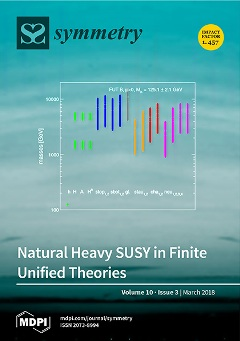This manuscript summarizes and analyzes X-ray data of monomeric cis-PtP
2CCl derivatives. These complexes crystallize in the following crystal systems: tetragonal, P4
2/n (3), triclinic, Pī (10), orthorhombic, P2
12
12
1 (prevails)(16), and monoclinic, P2
1/c (prevails)
[...] Read more.
This manuscript summarizes and analyzes X-ray data of monomeric cis-PtP
2CCl derivatives. These complexes crystallize in the following crystal systems: tetragonal, P4
2/n (3), triclinic, Pī (10), orthorhombic, P2
12
12
1 (prevails)(16), and monoclinic, P2
1/c (prevails) (36) examples. There are three sub-groups of the respective complexes: Pt(η
1-PL)
2(η
1-CL)(η
1-Cl); Pt(η
2-P
2L)(η
1-CL)(η
1-Cl) and Pt(η
1-PL)(η
2-P,CL)(η
1-Cl). The chelating P,P-donor ligands form: four-(POP, PCP), five-(PC
2P), six-(PC
3P, PCNCP), seven-(PC
4P) and even ten-(PCNCNCNCP) membered rings. The chelating P.C-donor ligands create three-(PC), four-(PCC) and five-(PC
2C) membered rings. The mean Pt-L bond distance elongates in the sequence: 2.10 Å (C, trans to P) < 2.222 Å (P, trans to Cl) < 2.312 Å (P, trans to C) < 2.360 Å (Cl, trans to P). There are examples which exist in two isomeric forms, of the distortion isomer type.
Full article





